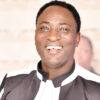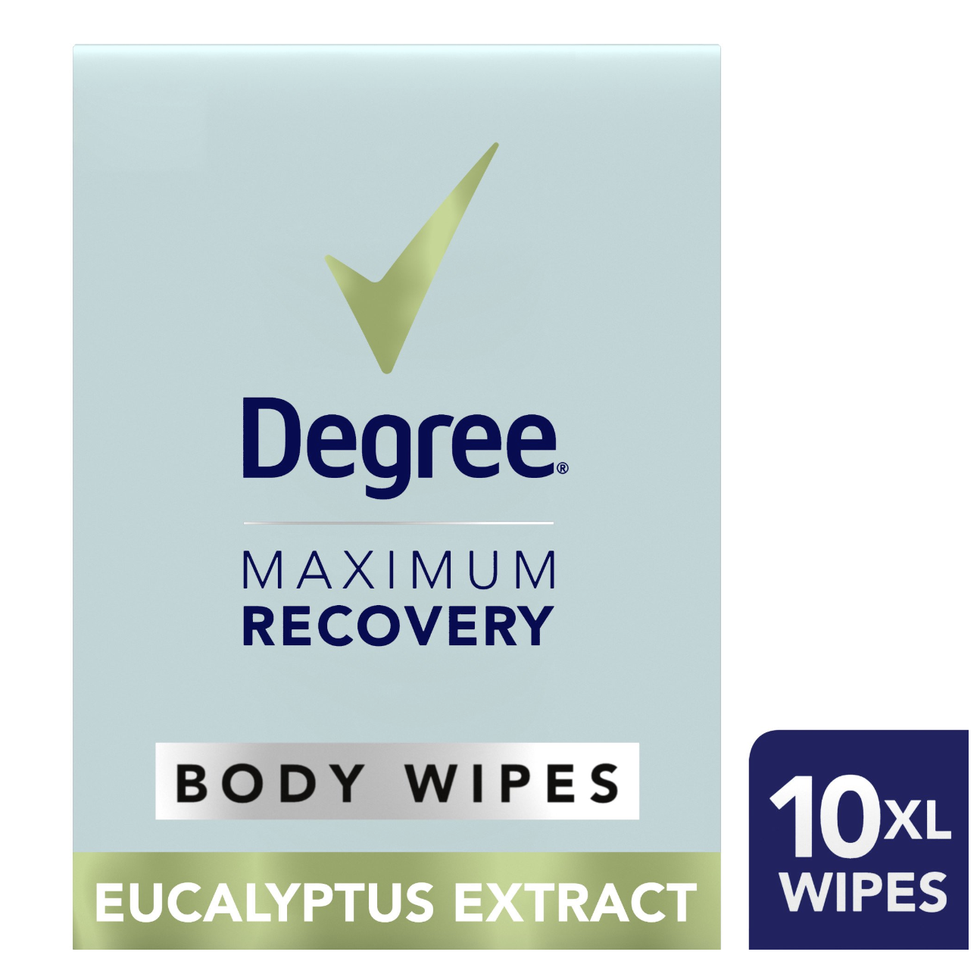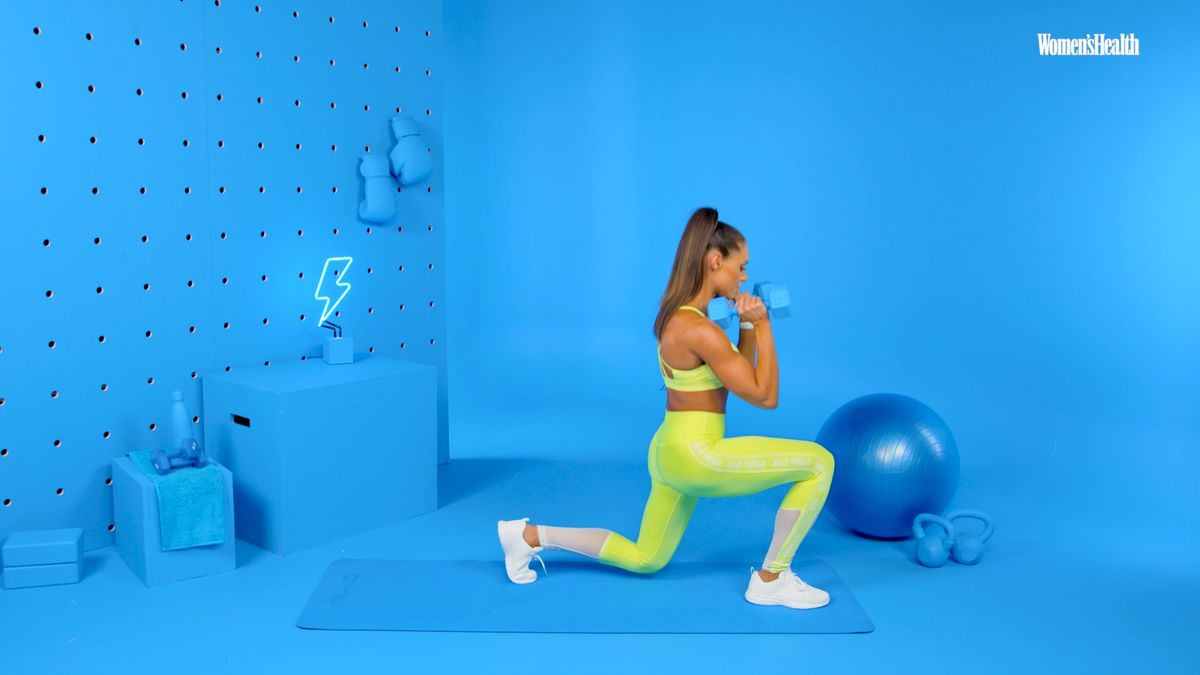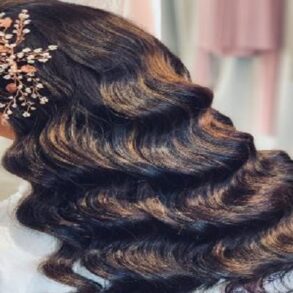While acne on your face wins for being the most annoying (I’m looking at you, chin pimple that decided to pop up the day of a big presentation), acne anywhere on your body can be a real downer. Case in point: When you’re ready to pull on a swimsuit for a dip and realize you have a few pimples on your butt. Whyyyyy?
Well, for starters, you might find some solace in the fact that those red or puss-filled bumps on your behind are not actually “acne” per se. At least, not the same kind that form on your face. “Butt acne is usually not true acne, but rather folliculitis, which is a mild infection of the hair follicle that leads to red bumps and pus pimples,” explains Joshua Zeichner, MD, director of cosmetic and clinical research in dermatology at Mount Sinai in New York City.
Meet the experts: Joshua Zeichner, MD is the director of cosmetic and clinical research in dermatology at Mount Sinai in New York City. Gary Goldenberg, MD is the assistant clinical professor of dermatology at the Icahn School of Medicine at Mount Sinai Hospital. Heather Woolery-Lloyd, MD is a board-certified dermatologist and director of the Skin of the Color Division for the University of Miami Department of Dermatology. Mona Gohara, MD is a dermatologist and associate clinical professor at Yale University.
Now that you know the bumps on your other cheeks are probably not zits, it’s time to learn how to handle buttne and get your booty ready for summer. If you’re looking to understand why your peach isn’t so smooth and some derm-approved tips on how to make it baby soft, keep reading.
Why am I getting acne on my butt?
Buttne is usually caused by a combination of clogged hair follicles and a bacterial infection. But, most of the time, you can blame your booty bumps on blocked follicles, says Gary Goldenberg, MD, assistant clinical professor of dermatology at the Icahn School of Medicine at Mount Sinai Hospital. Below are a few reasons you might end up with butt bumps. Warning: They can range from gross to “wait, seriously?”
- Hormones: Dr. Heather Woolery-Lloyd, board-certified dermatologist, explains that there is a hormonal component to butt acne. Even though other factors can contribute or exacerbate the overgrowth of bacteria that can lead to inflamed hair follicles (a.k.a. folliculitis), hormones can still play major role, she says. “Hormonal changes (as seen with the menstrual cycle) can make the lining of the follicles more sticky and lead to clogged pores and pimples. Androgens are the hormones that are most likely to do this.”
- Keeping your wet, sweaty clothes on after you’ve hit the gym: Your sweat can dry over your pores, trapping dirt and dust, and leave bumps in their wake.
- Sitting too much: Folliculitis is often caused by friction or irritation. And too much booty-to-chair time can make things worse, thanks to the pressure from sitting.
- Not changing your undies daily: Not-fresh underwear puts acne-promoting dirt, sweat, and oil up close and personal with your skin.
- Wearing tight-fitting clothes: Yup, your go-to skinny jeans and leggings can actually influence whether you get butt acne. Tight-fitting clothes not only cause friction against your skin but also trap sweat and oil, making them more likely to block those hair follicles.
- Living in your swimsuit: Noticing more butt acne in the summer? Guess what else is tight, wet, and basically your underwear? Yup, a wet suit is the perfect recipe for butt acne.
How to get rid of butt acne
There are few simple things you can do right in your own bathroom that will help prevent pesky buttne.
- Shower after exercising: “Showering immediately after a workout can help remove sweat, oil, and dirt that accumulate on the surface of the skin,” says Dr. Zeichner.
- Use antibacterial soap: Dr. Woolery-Lloyd recommends CLn body wash, which was developed by a physician and packs sodium hypochlorite to kill bacteria. If your bum is sensitive and can’t tolerate a tough cleanser, she suggests Dove Antibacterial Wash.
- Suds up with benzoyl peroxide: Try targeting your booty with a benzoyl peroxide body wash or cleanser. The ingredient is effective in treating both acne and folliculitis because of its antimicrobial (a.k.a. bacteria-fighting) properties. “Sing the full alphabet once you’ve applied the product so it can sit on the skin long enough to do its job, then rinse it off,” advises Dr. Zeichner. (FYI: BP can bleach colored fabrics, so be sure to rinse thoroughly and use white towels!)
- Moisturize daily to prevent and treat: Miami Beach Bum was specifically created with butt acne in mind. When founder and ocean sports lover Ayssa Di Pietro dealt with butt acne from basically living in a wetsuit, she turned to plant-based ingredients to help her skin rebuild its barrier and readjust its microbiome. At a pH that your skin likes, this lotion uses an aloe base to restore the acid mantle of your skin and oregano to kill bacteria and balance your skin’s ecosystem. Di Pietro told WH she uses it once a day after she showers and it keeps everything from her back to her cheeks clear and smooth.
- Unclog pores with salicylic acid: You can also combat your butt breakouts with a salicylic acid acne treatment. This form of beta hydroxy acid (BHA) can help remove excess oils and exfoliate dead skin cells so they don’t get trapped in your pores and follicles (which is how buttne starts). Apply this after you shower.
- Brighten dark marks with glycolic acid or azelaic acid: These ingredients do double duty. Glycolic acid fights acne by helping the skin shed dead skin cells and excess oil that clog pores, while azelaic acid kills acne-causing bacteria. “Both have the benefit of brightening dark spots, which may develop after pimples or folliculitis go away,” says Dr. Zeichner. You can also have your doctor prescribe 15-20% azelaic acid, or grab some OTC that isn’t as strong, according to Dr. Woolery-Lloyd.
- Shave the right way: Yes, some people shave their butt. “Shave in the direction of the grain of the hair instead of against it,” says Mona Gohara, MD, dermatologist and a member of the Women’s Health advisory board. “And use ample shaving cream as well as a lubricant [to avoid irritation].”
How to prevent butt acne
First, make sure to put on a new pair of underwear every day (kind of a “duh,” but important). Also, since damp swimwear and sweaty workout clothes are two common causes, make sure to change into a dry swimsuit or fresh threads ASAP (hop in the shower after exercising, while you’re at it). If you don’t have time for a full shower, do a quick cleanse to get rid of bacteria and sweat with a wipe.
Lastly, “if your job requires a lot of sitting, make an effort to stand up more frequently,” says Dr. Gohara. That can help to relieve some of the friction and irritation that may lead to folliculitis.
When to see a doctor
If at-home solutions aren’t doing the trick, it might be time to consult a pro. Your derm might suggest trying topical antibiotics like clydomycin and azithromycin lotion and, in more severe cases, antibiotics by mouth, says Dr. Woolery-Lloyd.
Celia Shatzman (she/her) is a Brooklyn-based writer and editor who has penned stories on topics ranging from beauty to fashion, travel, celebrities, health, entertainment, finance and more. A graduate of the Medill School of Journalism at Northwestern University, she is a beauty and style contributor at Forbes and her work has appeared in New York, Cosmopolitan, WWD, ELLE, Conde Nast Traveler, Afar, Travel + Leisure, Women’s Health, Marie Claire, Byrdie, Refinery29 and NYLON, among others.

Maddie Aberman is the beauty editor at Women’s Health and has been covering skincare, makeup, hair, and wellness for more than five years. When she’s not thinking about beauty, she’s dreaming of getting a puppy (all dog mom advice is welcome).

Josey Murray is the editorial fellow at Women’s Health. She’s passionate about storytelling, sustainable wellness, and the plant-based lifestyle. When she’s not writing, she loves learning about mushrooms and discovering new wellness products.
This post was originally published on this site be sure to check out more of their content.










